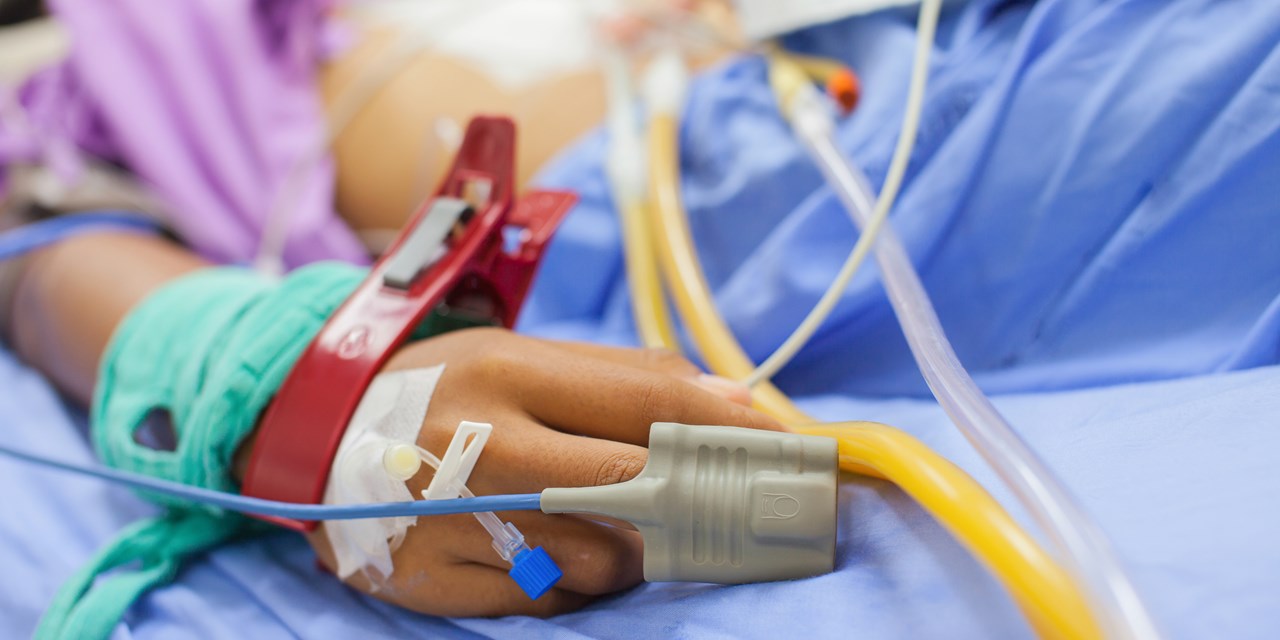Country Selector: United Kingdom
Former neurosurgery nurse and midwife, Fiona Kirk a clinical consultant for healthcare technology expert Ascom, explores how remote patient monitoring (RPM) is transforming the management and delivery of care to patients with chronic conditions.

In 2019 more than 18 million UK adults had a long-term illness such as diabetes and respiratory and coronary conditions. One pandemic later and that number is believed to be significantly higher due to rising levels of conditions such as depression and the development of Long Covid (1).
While Covid-19 has had a catastrophic impact on public health and caused critical pressure in primary, secondary and social care, there have also been some breakthroughs, forcing innovation that may have been years from reality.
In England the Health and Social Care Secretary, Sajid Javid, has pledged that the digital advancements gained from the pandemic will continue. Earlier this year he set out his priorities to focus on personalised care, levelling up and harnessing the power of technology breakthroughs with an ambition to make the NHS App the front door for care for 75 per cent adults.
And it’s no different in my home in Scotland. The Scottish Government’s Digital Health and Care Strategy aims to ‘transform and enhance’ the health and wellbeing of patients through the use of digital technology.
Making the NHS more digitally connected will help all patients. But when it comes to the management of those with chronic conditions, technology can play a life-changing and potentially life-saving role.
Often when a patient with a chronic condition comes to the NHS they are already in crisis.
Prior to the pandemic, for the most part, chronic condition monitoring was managed through outpatient appointments, trips to the GP or a clinic. But when those appointments were cancelled due to Covid, RPM became a lifeline for patients and clinicians.
And as it turned out, RPM wasn’t just an interim measure – it provided a level of healthcare insight that was previously unattainable.
Health technology that can communicate, share information and insight will transform care delivery and patient outcomes significantly. This will help break down the silos that the physical NHS operates within currently.
With RPM technology clinicians can be constantly connected to patients and see near-real-time health insight, which in turn makes early intervention possible, can improve patient quality of life and thus reduce pressure on emergency care and hospital admissions.
This insight is especially important when you consider that most patients with chronic health issues have more than one disease - further increasing the complexity of management.
Health technology that can communicate, share information and insight will transform care delivery and patient outcomes significantly. This will help break down the silos that the physical NHS operates within currently.
For some patients with long-term conditions, constantly being made to travel to and from healthcare appointments isn’t what they want or need. RPM has shown that the delivery of healthcare doesn’t have to be confined to a traditional clinical environment.
And that’s empowering for patients. As a former nurse with more than 20 years of experience in healthcare, the importance of giving patients ownership of their health and inviting them to be an active participant in its management is crucial.
I also recognise that part of your role as a nurse is often extended to taking care of the patients’ loved ones too when they are in health crisis. RPM can provide reassurance for more than just the patient, it’s empowering for those caring for them too.
We need to create balance in how we deliver care - and not just for the benefit of the patient.
NHS staff are overwhelmed. That’s not only because of the pandemic. They’ve been overwhelmed, understaffed and under extreme levels of pressure for years. But now it’s reached critical levels which is leading to many highly trained clinicians, nurses and carers leaving due to burnout and frustration.
To put that into perspective, according to the British Medical Association in February 2020 4.43 million people were on a waiting list for NHS care. In January 2022 that number increased to 6 million. (2)
Even as we come out of the other side of the pandemic these figures won’t suddenly subside. Between April 2020 and January 2022 there were 31 million fewer outpatient attendances and more than 4 million fewer elective procedures – that’s many millions of missed opportunities for early intervention across the healthcare chain. (2)
RPM won’t remove this pressure, but it could help create a balance that would relieve it. Especially across frontline services.
The digital transformation of the NHS was always in its future, but Covid-19 accelerated everything. Without technology such as RPM chronic disease management will become unmanageable. The burden on the NHS will be enormous, but ultimately, it’s the patients that will pay the highest cost.
This article has been published on Health Tech World's website. Click here to read.
Sources:
(1) ONS Data: People with long-term conditions UK; 2019. https://www.ons.gov.uk/peoplepopulationandcommunity/healthandsocialcare/conditionsanddiseases/adhocs/11478peoplewithlongtermhealthconditionsukjanuarytodecember2019
(2) BMA: NHS backlog data analysis, 2022. https://www.bma.org.uk/advice-and-support/nhs-delivery-and-workforce/pressures/nhs-backlog-data-analysis